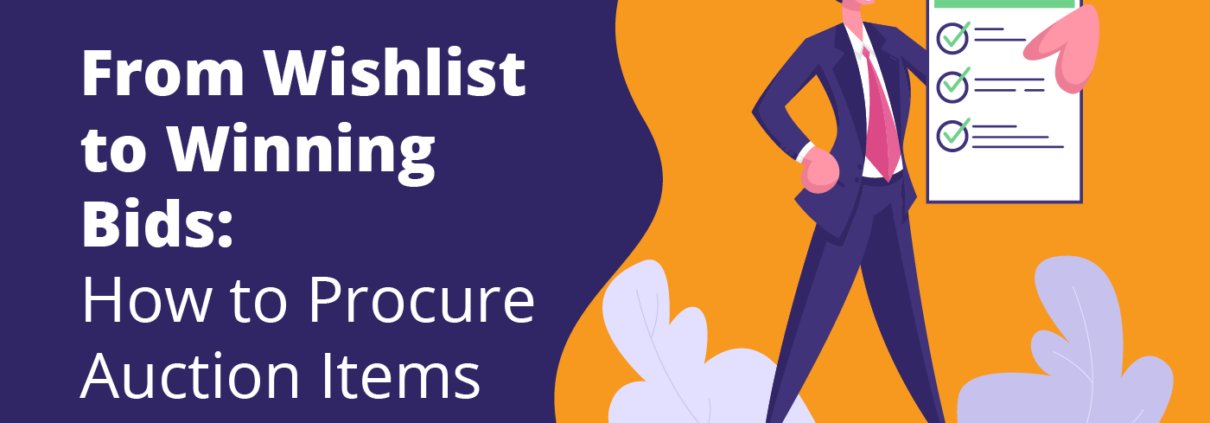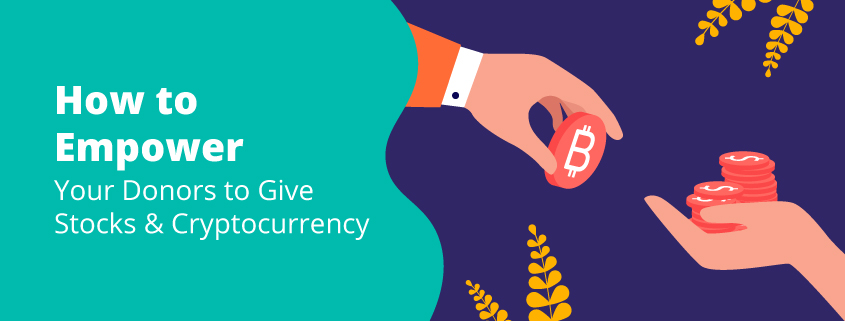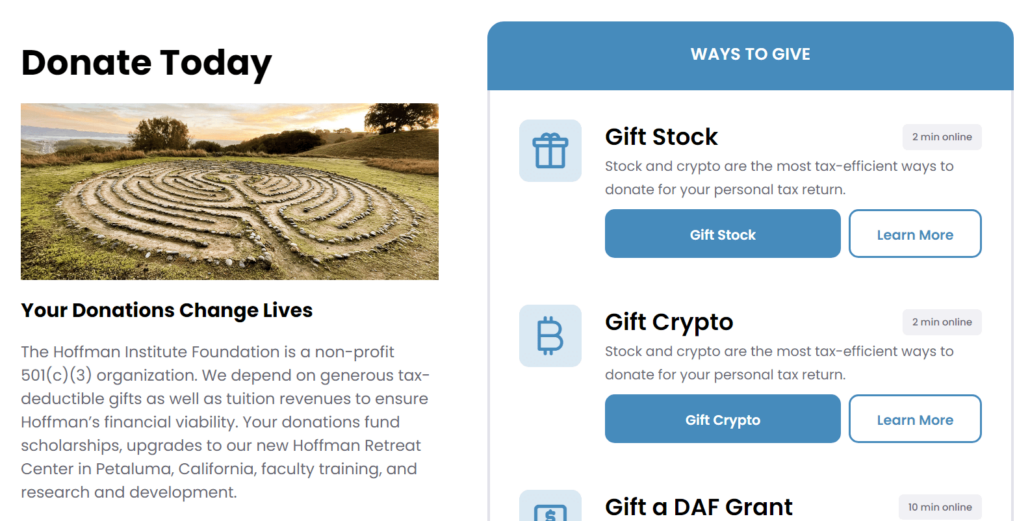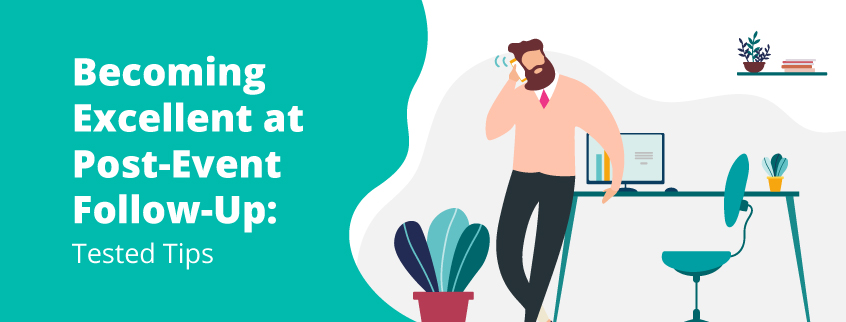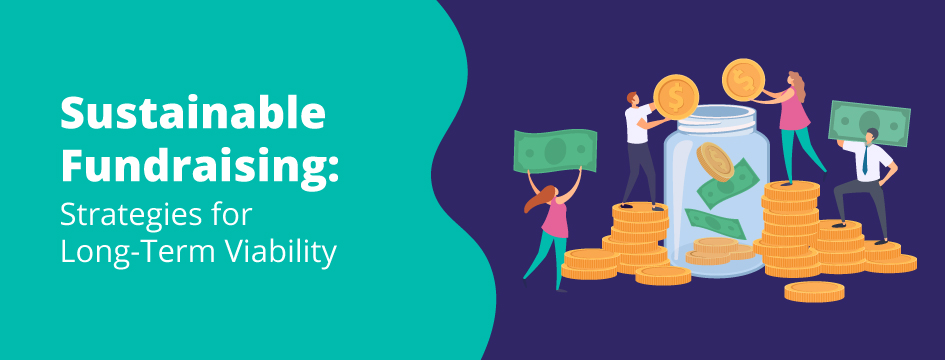From Wishlist to Winning Bids: How to Procure Auction Items
Imagine this—you’ve just kicked off your nonprofit’s exciting auction event. Bidding starts and the event rolls along. You’re busy mingling with guests, discussing your mission, and handling logistics. After the auction ends, you take a look at your fundraising results.
The numbers are disappointing, and something clearly went wrong with the event. Why?
There are all kinds of reasons why this might happen, and many of the most common have to do with the auction items up for grabs. Maybe there weren’t enough items, or the items that were available weren’t appealing enough to everyone to spur competitive bids. Maybe some lower-price items were highly appealing to large groups of donors, but your big-ticket items got little attention, causing your revenue strategy to fall apart.
Now imagine an auction that strikes the perfect balance between types, numbers, and values of items for its unique audience—this one will naturally do a better job at reaching its revenue goal.
Your auction item ideas and final catalog inherently play critical roles in your event’s success. Let’s walk through the essential steps and tips you’ll need to succeed with procurement.
Step 1: Lay out a procurement plan and timeline.
Start by laying out some guidelines for your procurement process. Collaborate with your event planning team to answer these questions:
- When will the auction happen?
- What is the auction’s revenue goal?
- Does the auction have other goals related to the number or average value of bids?
- Are we hosting a live auction, silent auction, or both?
- What format will the auction be: in-person, virtual, or hybrid?
- Do we have a specific target audience in mind, or is this event targeting a broad audience of our organization’s supporters?
Lay out a rough timeline for procurement, including specific deadlines for completing procurement, finalizing the catalog, and beginning to promote the items to attendees before event day. The time you’ll need might vary based on the scale of your event, but, generally speaking, you need a lot of time for effective procurement. Try to get started on this process as early as possible.
Next, recruit a procurement team. A mix of event staff, volunteers, and a board member or two will be helpful. Each individual will need to be comfortable reaching out to potential item donors, sponsors, and consignment companies, with one team member overseeing the effort to keep it on track and lead the catalog creation and pricing processes.
Step 2: Review your donor data.
Before you start brainstorming actual items to procure, it’s important to review your data. Insights about your target audience will be invaluable for guiding what can otherwise become an overwhelming or too open-ended process.
Review your nonprofit’s CRM or donor database to look more closely at your event’s target audience as a group. Note any trends or highlights related to information like:
- Past event attendance—specifically auction events if possible
- Average giving levels and/or lifetime value
- Duration of relationship with your organization
- Marital and parental status
- Location, if hosting an in-person auction
If you’ve hosted auctions in the past, be sure to review event-specific data like:
- Past auction performance and revenue KPIs
- Items which received the most/least bids
- Items which generated the most/least revenue compared to their market values
- The donors or sponsors that provided items
- The target audiences of past auctions
Look for connections between these points of data. Think through what they might mean for your current auction—what types of items have either a proven track record with your audience or would likely appeal to them based on their interests and budgets?
Step 3: Create an item wishlist.
Now comes the fun part! Sit down with your procurement team, review your data findings, and start brainstorming items and experiences that you think would make for a winning auction.
Don’t limit yourself too much here, but do try to identify items that span a range of price points. Most silent auctions lead with one or two big-ticket, ultra-desirable items or packages, then a spread of mid-level items, and a smaller set of more accessible items and packages to ensure that all bidders can feel involved. Live auctions typically feature 12-15 higher-quality items to drive maximum engagement from a target audience.
The goal is to create a robust list of “nice-to-have” items that you think would fit well with your audience and goals. You can put a few “must-haves” on your list, but keep in mind that during the actual procurement process, you most likely won’t be able to secure everything.
Once procurement is underway, you’ll get a better sense of how your catalog is shaping up and can direct more intense focus to specific items or price ranges as needed.
Step 4: Create an auction item procurement packet.
To prepare for the procurement process, create helpful resources for your team. Winspire’s auction item procurement guide recommends creating “item procurement packets” of go-to- resources that your team will need out in the field. These resources include:
- Item procurement letters that clearly detail information about your nonprofit, its mission, the auction, the in-kind donation process, and tax deduction instructions.
- In-kind donation forms to standardize the collection of donor/sponsor names, addresses, contact information, items, estimated values, descriptions, and other details. Copies of these forms can easily double as receipts or gift substantiations if needed.
- A copy of your wishlist for team members to easily discuss other potential donations should a prospect say no to the first ask or express interest in helping further.
These resources should cover your bases for procurement team members to hit the ground running but don’t forget backend logistics, too. Create a central spreadsheet to input prospect information, associated items, and data collected from the donation forms as in-kind gifts are secured. This sheet should be accessible to everyone to avoid inadvertently double-asking a prospect or forgetting to procure “must-have” items.
Step 5: Review your donor, sponsor, and community contacts.
Take a look back at your list of previous auction item donors. Screen your nonprofit’s list of contacts—including individuals, large companies, local companies, and other nonprofits.
Review this list of prospects against your item wishlist and make some connections. Try answering these questions:
- Which donors or organizations would likely want or be able to donate which items?
- Do we have any close but informal relationships with companies that we could tap into? For instance, do we receive many matching gifts from a local company that hasn’t yet sponsored an event?
- For items that we can’t easily procure all in one go (like themed baskets), would any prospects be willing to donate money for us to purchase those bundled items instead?
- Do other nonprofits in the community (like zoos, theaters, or museums) have unique experiences or packages to offer?
- If there are big-ticket item ideas or experiences on our wishlist that we aren’t likely to receive as donations, do auction item consignment companies offer them?
From here, you may wish to divide your prospect among different team members to take a more organized approach. If anyone has an existing personal or business connection with a prospect, make sure that they own the procurement process for that prospect.
Step 6: Stay organized as you solicit items.
Start working down your list of auction items and prospects. With their item procurement packets in hand, your team should be well-equipped, but make sure to provide some guidance for non-fundraisers and volunteers if needed.
Stay organized by asking all team members to immediately report the results of their conversations with prospects and the information from their in-kind donation forms. Your central procurement spreadsheet should be the source of truth for the process, and this info will be essential for:
- Completing your procurement process and well-rounded catalog
- Donation collection logistics
- Item pricing
- Donor stewardship and gift substantiation
Remember, when it comes to item procurement, time is your friend. Try to begin the outreach process as early as possible before your auction so that you have plenty of breathing room to contact prospects multiple times, find new prospects, or come up with alternate item ideas if needed.
Step 7: Begin the item pricing process.
As the auction items begin arriving, dedicate a member of your procurement team to get a headstart on the pricing process.
Striking the right mix of starting bids is a delicate process but extremely important for the ultimate engagement and revenue that your auction will generate.
Item pricing is complex and warrants its own in-depth explanation. To recap the fundamentals you’ll need to understand, take a look at this graphic:
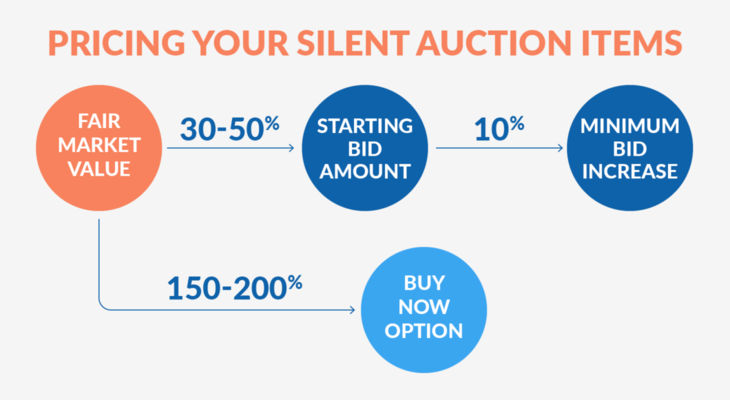
For each item, start by determining its fair market value (FMV), or what a person would reasonably expect to pay for it on the open market. For bundled items and experiences, roughly estimate and add up the FMVs of the component parts. For consignment travel packages, the vendor will likely provide pricing guidance, but most of the time, any amount you raise over the item’s list price goes back to your nonprofit.
Next, determine which items will have buy-now options. For many auctions, this option is ideal for your most valuable items to maximize earnings, but be careful not to discourage engagement by using it on too many items. It’s recommended to set these options at 150-200% of the item’s FMV so that the barrier is high enough to be profitable for your organization but not so high as to completely discourage bidding.
All items should receive a starting bid amount, which should be 30-50% of their FMVs. You can play around with this range based on each item’s rarity and desirability, aiming higher for high-competition items and a bit lower for common or lower-price items. For consignment packages, set this starting bid at 100-120% of its list price to ensure your nonprofit will generate revenue.
From here, set a minimum bid increase for each item. This should be high enough to ensure new bids are substantial, but not so high that it deflates the total number of bids the item receives. This requires careful strategy—another reason why it’s a good idea to get started on procurement early! A reliable rule of thumb is to set the minimum increase at roughly 10% of each item’s FMV.
Item procurement is certainly a high-stakes process, but it’s completely learnable. Its best practices are likely already familiar to you as an event planner or fundraiser, so lean into that experience to ensure your approach is organized and strategic. In no time, you’ll be promoting your items and preparing for your most successful auction yet. Best of luck!
